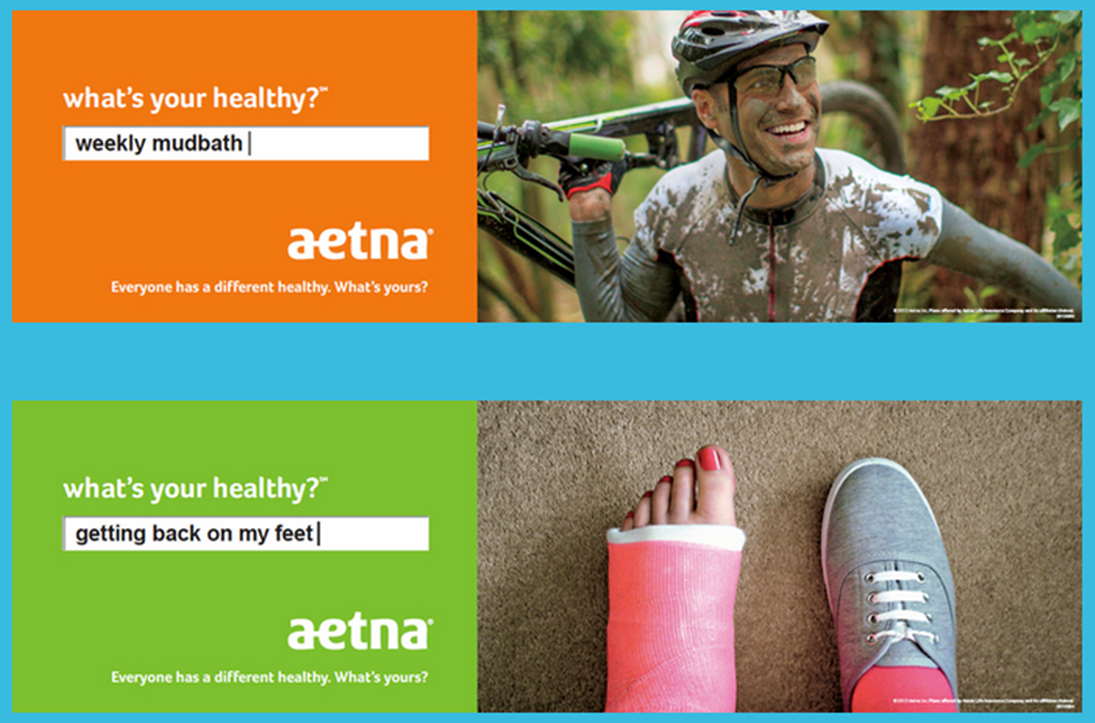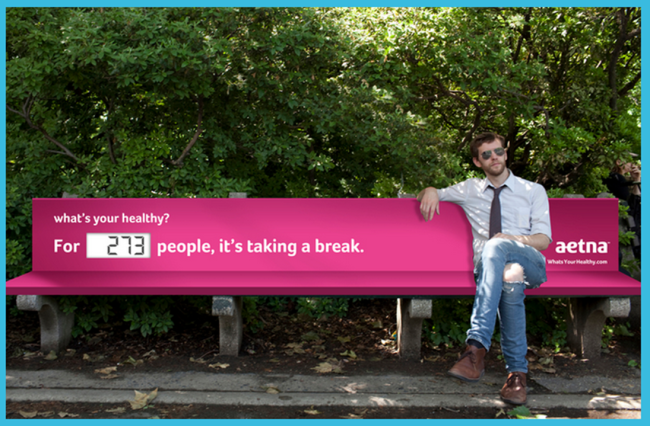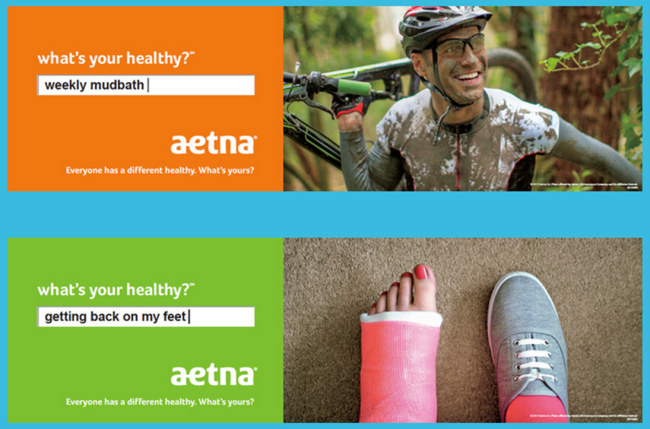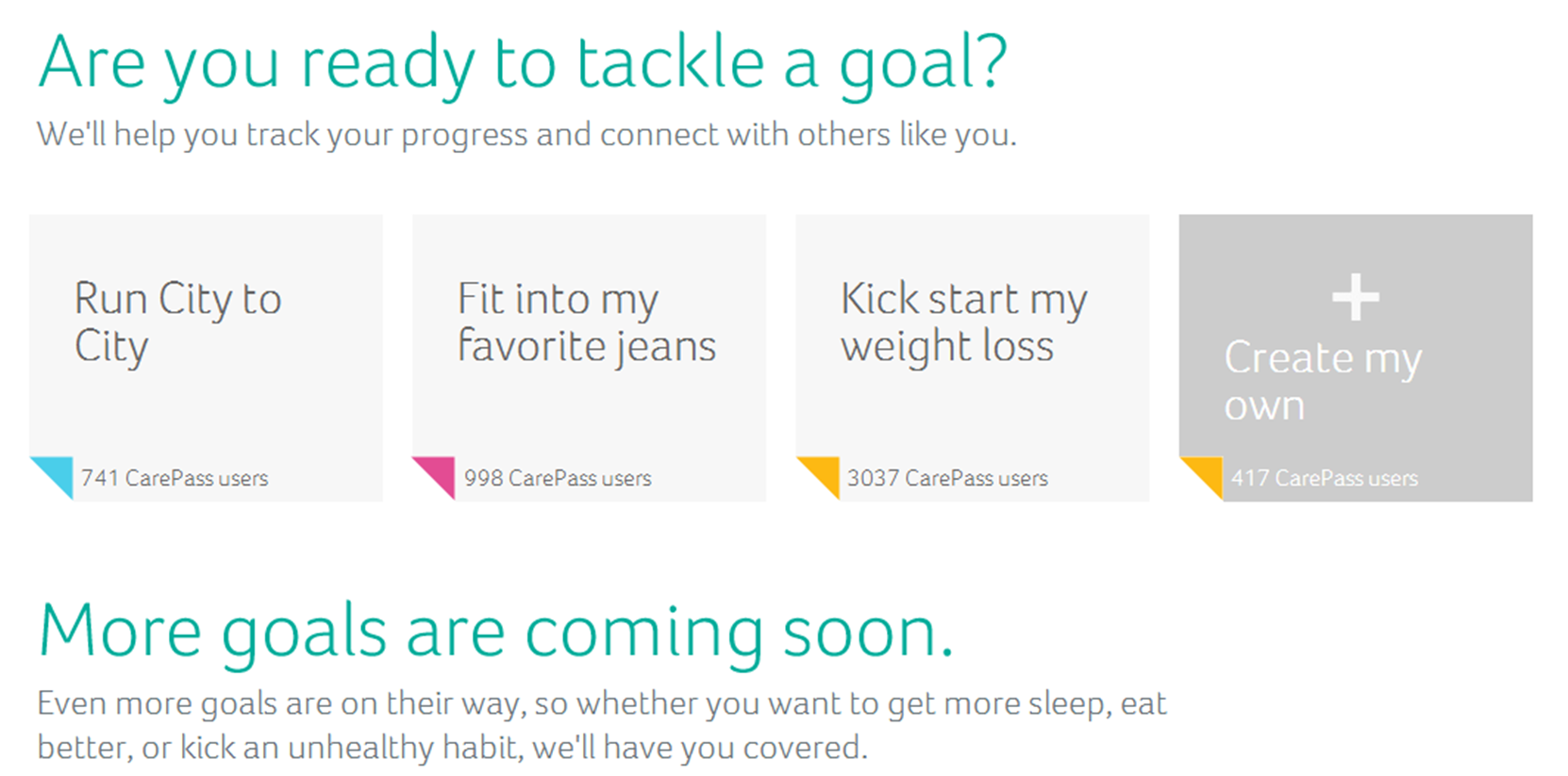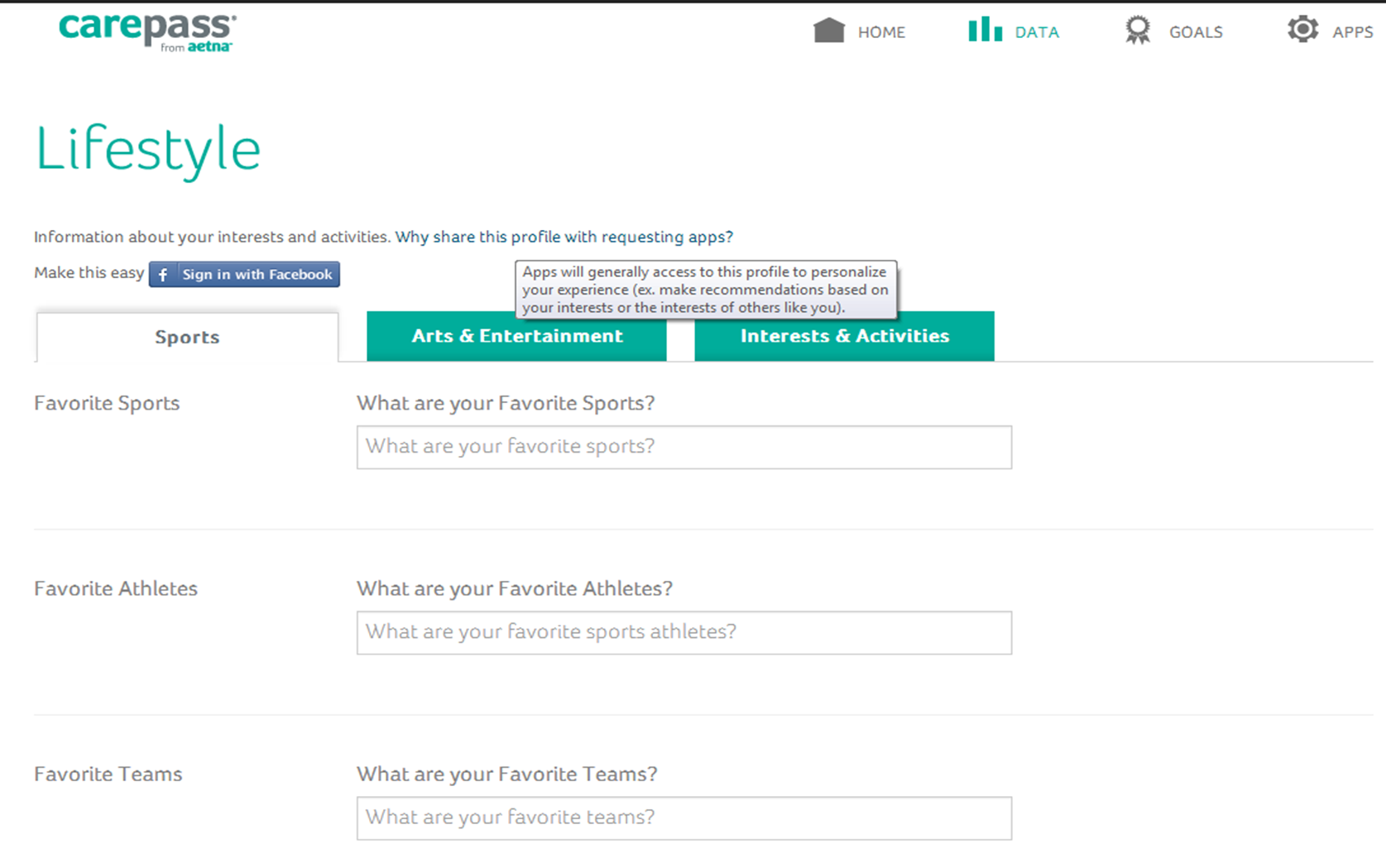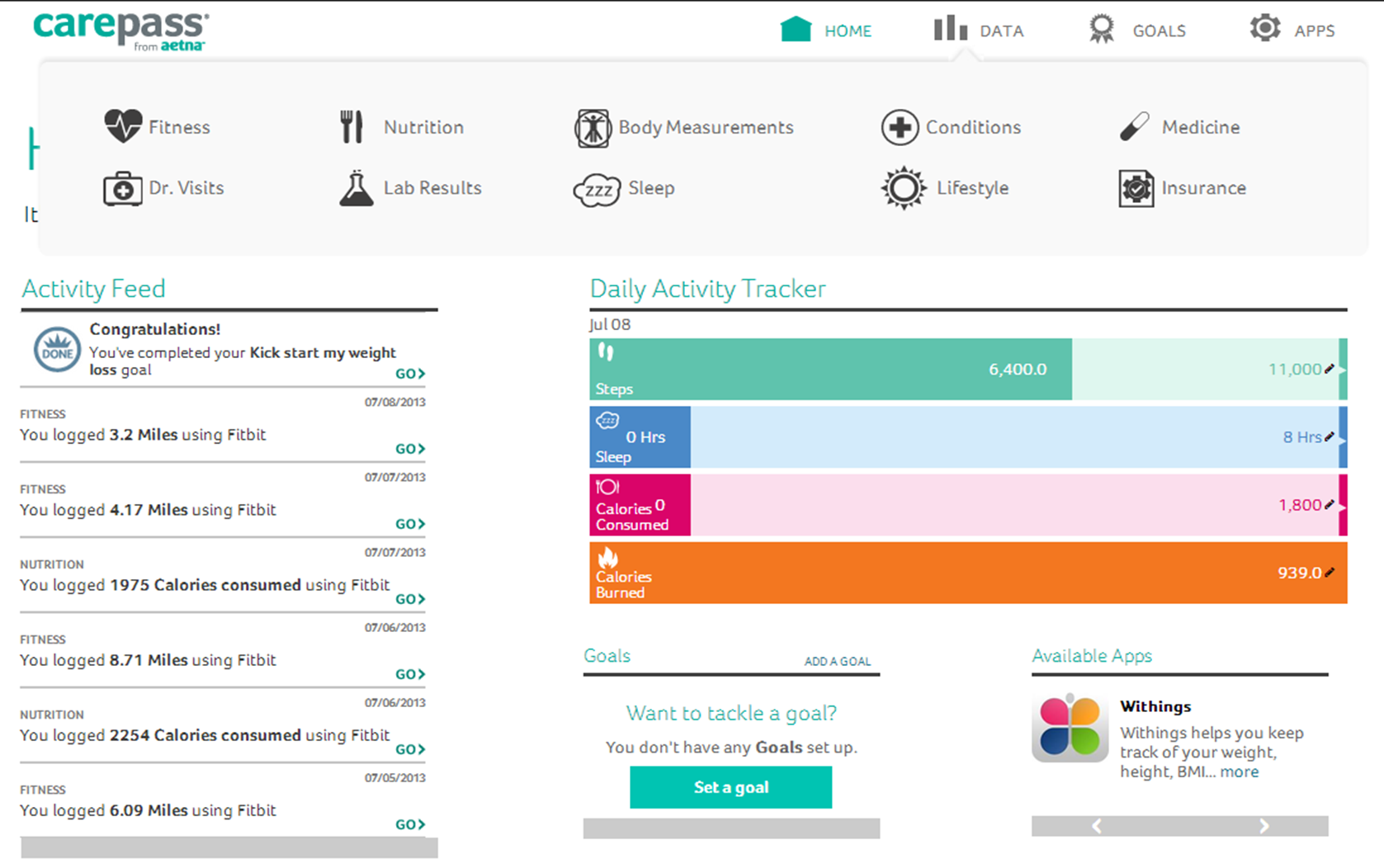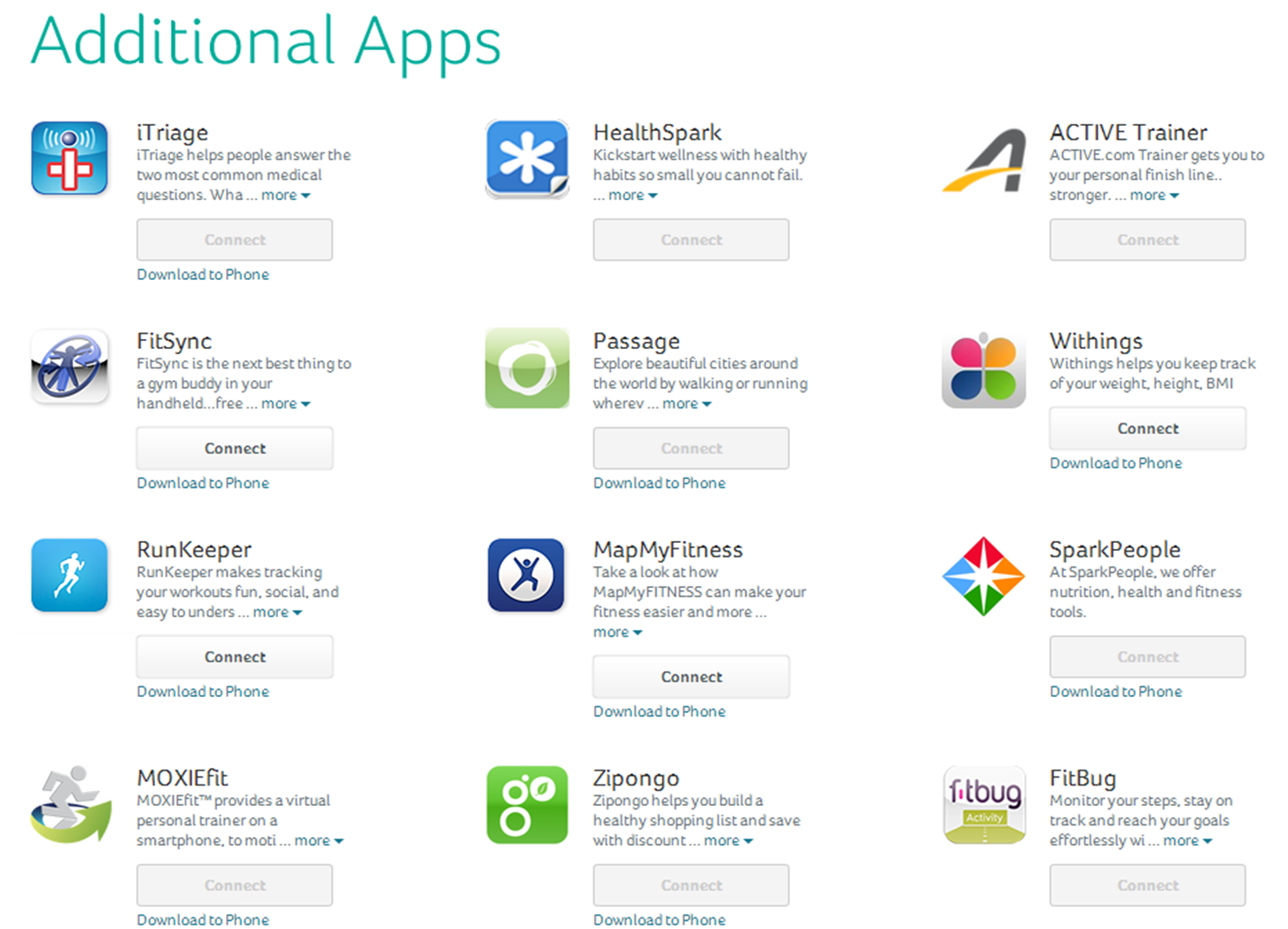[Note: I’m republishing a few Deloitte blogs that they are no longer hosting as part of the new website.]
Published Date : July 26, 2018
Author: Deloitte
Categories : Analytics, Health plans, Regulatory
First the good news. While we are in the midst of an opioid epidemic, large employers have seen prescription rates fall significantly since peaking in 2009. That year, 17.3 percent of covered employees or dependents had at least one opioid prescription. People who work for large employers are now using fewer prescription opioids.1 This is likely due to an increased focus—among health plans and clinicians—on limiting opioid prescriptions among patients who might be at risk for opioid dependence. There also is growing evidence that opioids aren’t appropriate for all patients or for every type of pain.
Now the bad news: Employers are spending nearly nine times more to treat opioid addiction and overdoses (prescription and illicit drug use) than they did 12 years ago—from $300 million in 2004 to $2.6 billion in 2016, according to the Kaiser Family Foundation. The average inpatient treatment cost for an opioid addiction topped $16,000 in 2016, according data from Kaiser. More than half of this spending is for the treatment of an employee’s dependent children. After a person first seeks formal help for an addiction, it can take as long as eight or nine years to achieve sustained recovery, according to a report from the Surgeon General.
And the ugly news: Opioids, both prescription and illicit, were involved in more than 42,000 deaths in 2016, according to the Centers for Disease Control and Prevention (CDC). That number is five times higher than in 1999. Moreover, emergency department visits for opioid overdoses increased 30 percent nationally between July 2016 and September 2017, according to the CDC.
Compared to people who do not have a substance-use disorder (SUD), people with SUDs incur higher health care costs and have a greater number of disability claims, miss more work days, and are more likely to be demoted or fired, according to the National Business Group on Health (NBGH). Along with direct medical costs, opioid addiction and treatment also impacts productivity, absenteeism, and recruiting, according to a recent NBGH survey of 62 large employers. One out of four employers say it has become difficult to find qualified workers who are not dependent on opioids.
Misuse and abuse of opioids is having a devastating impact on many employers and their workers and families.
Is workers compensation the canary in the coal mine?
Pain-related conditions affect 116 million adults in the U.S., according to the Institute of Medicine. This costs employers up to $635 billion in medical costs and lost productivity.2 Workers who are injured on or off the job could wind up becoming addicted to opioids that are prescribed to help manage their pain. While employers want to prevent addiction, the crackdown on prescribing is sometimes making it difficult for people to get access to opioids that they need to manage pain. Non-opioid therapies might not be as effective and could keep people off the job longer. What is the cost for employers when workers are unable to return to work either due to an injury or because of an opioid addiction? Moreover, some employees might choose not to seek help if they are worried about their job security. Employers want their employees to have effective pain-management options and don’t want them to seek illegal sources for drugs.
Workers’ compensation programs are often seen as employee benefits programs. They provide injured employees with a percentage of their salary until they are able to return to work. Given the volume of opioids being prescribed for work-related injuries, workers’ compensation insurers were some of the first organizations to recognize the critical role that physicians played in preventing opioid addiction.
Today, many workers’ compensation insurers are beginning to utilize advanced detection tools. Thanks to their unique position in the ecosystem—where they touch health care, consumers, and governments—they can effectively leverage state and federal guidelines, physician education, and advanced analytics to help prevent dependency and addiction.
Some industries have higher addiction rates
Industries where workers have physically demanding jobs, perform repetitive motions, or spend long stretches on their feet tend to have higher rates of opioid abuse. These industries include construction, automobile manufacturing, carpentry, and trucking. About 15 percent of people who work in the construction industry have engaged in illicit drug use, according to a lead commercial insurance carrier. The automobile manufacturing plants that produce more than 70 percent of US cars are in states that have seen significant increases in drug overdose deaths, according to the US Centers for Disease Control and Prevention. Recognizing an uptick in opioid abuse among truckers, the Department of Transportation added four prescription opioids to its mandatory drug-screening beginning on January 1, 2018.
What can employers do to address opioid use and abuse?
Given the costs associated with opioid abuse and misuse, employers might want to consider strategies that help prevent their at-risk employees from becoming addicted. But employers often need alternatives to treat pain among employees. They also need quality treatment for addiction. Strategies many employers are using to address this issue include:
- Creating drug-free workplace policies
- Increasing communication
- Identifying at-risk employees
- Covering treatment therapy
- Treating workers for addiction, rather than terminating them
- Working with health plans and pharmacy benefit managers (PBMs) to find solutions
Employers should also consider working closely with their health plans to develop solutions to curb opioid use and misuse. The Center for Health Solutions recently conducted research to find out what health plans and pharmacy benefit managers (PBMs) are doing to help address the opioid epidemic. Many health plans and PBMs have a stake in improving care outcomes, and they have key assets—especially data—that could be used for diagnosis and treatment.
Strategies that some health plans and PBMs are already using include:
- Pharmacy lock-in programs: These can help prevent patients from receiving multiple prescriptions and/or using multiple pharmacies to fill prescriptions for controlled substances
- Utilization management tools: Some health plans use these to develop evidence-based approaches that provide access to necessary treatments. These tools can help encourage safe, effective care at affordable costs. Tools might include prior authorization for prescription pain medication, step-therapy, and prescription tiering.
- Medication-assisted treatment (MAT): This is using medications with counseling and behavioral therapies to treat SUDs. The medications used in MAT could help block other narcotics or help with withdrawal symptoms. They do not cause the euphoric highs associated with opioids.
Additionally, research indicates that the focus on opioid abuse is shifting to greater use of data and analytics to identify and engage those who might be at risk.3 Given the number of patients who use prescription opioids, and the ongoing threat from illicit drugs such as fentanyl, it can be to important shift from a fraud, waste, and abuse (FWA) mentality to a fraud, waste, abuse, and care approach.
An ecosystem approach is still needed
As we noted several years ago, tackling the opioid crisis requires coordination across health plans, PBMs, pharmacies, providers, employers, and many other constituents. This is a complex problem that goes beyond what any one group can influence.
At the same time, we cannot let the drop in new opioid prescriptions lull any of us into complacency. Systemic issues should be addressed from a policy perspective, including enabling data integration opportunities. And, given the need and risk of relapse, we likely need patient engagement strategies that effectively manage their risk over time and through treatment.1 Kaiser Family Foundation, April 2018: https://www.kff.org/health-costs/press-release/analysis-cost-of-treating-opioid-addiction-rose-rapidly-for-large-employers-as-the-number-of-prescriptions-has-declined/
2 National Center for Biotechnology Information, US National Library of Medicine: https://www.ncbi.nlm.nih.gov/books/NBK92521/
3 HealthIT Analytics: https://healthitanalytics.com/features/for-opioids-and-substance-abuse-big-data-analytics-is-just-the-beginning

 February 13, 2021
February 13, 2021 









